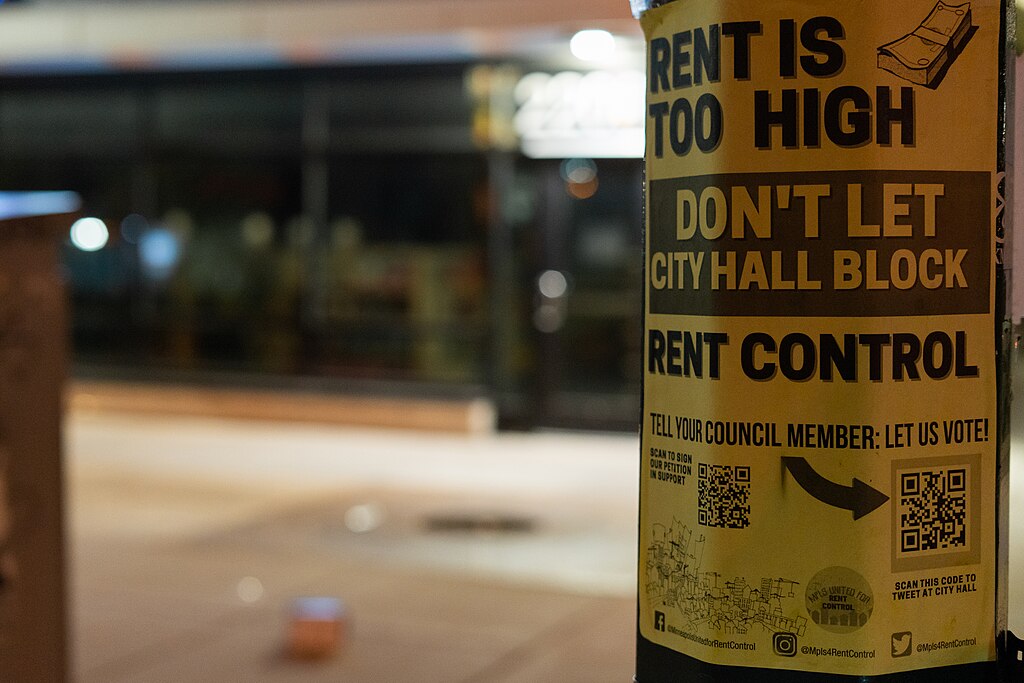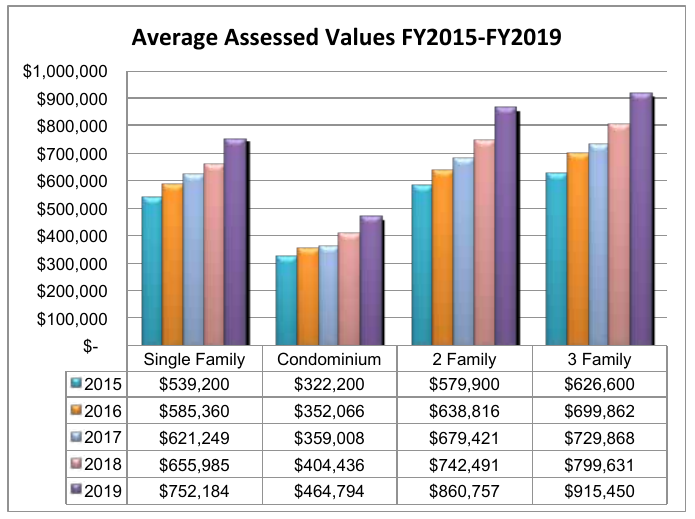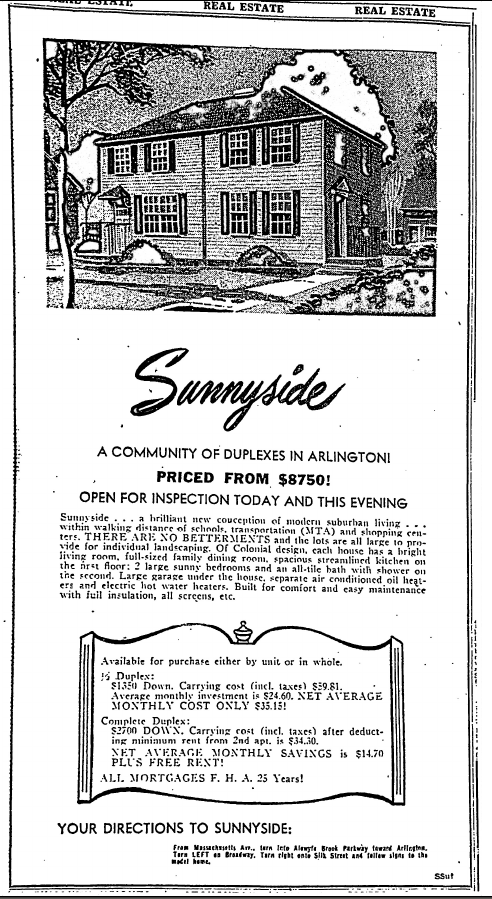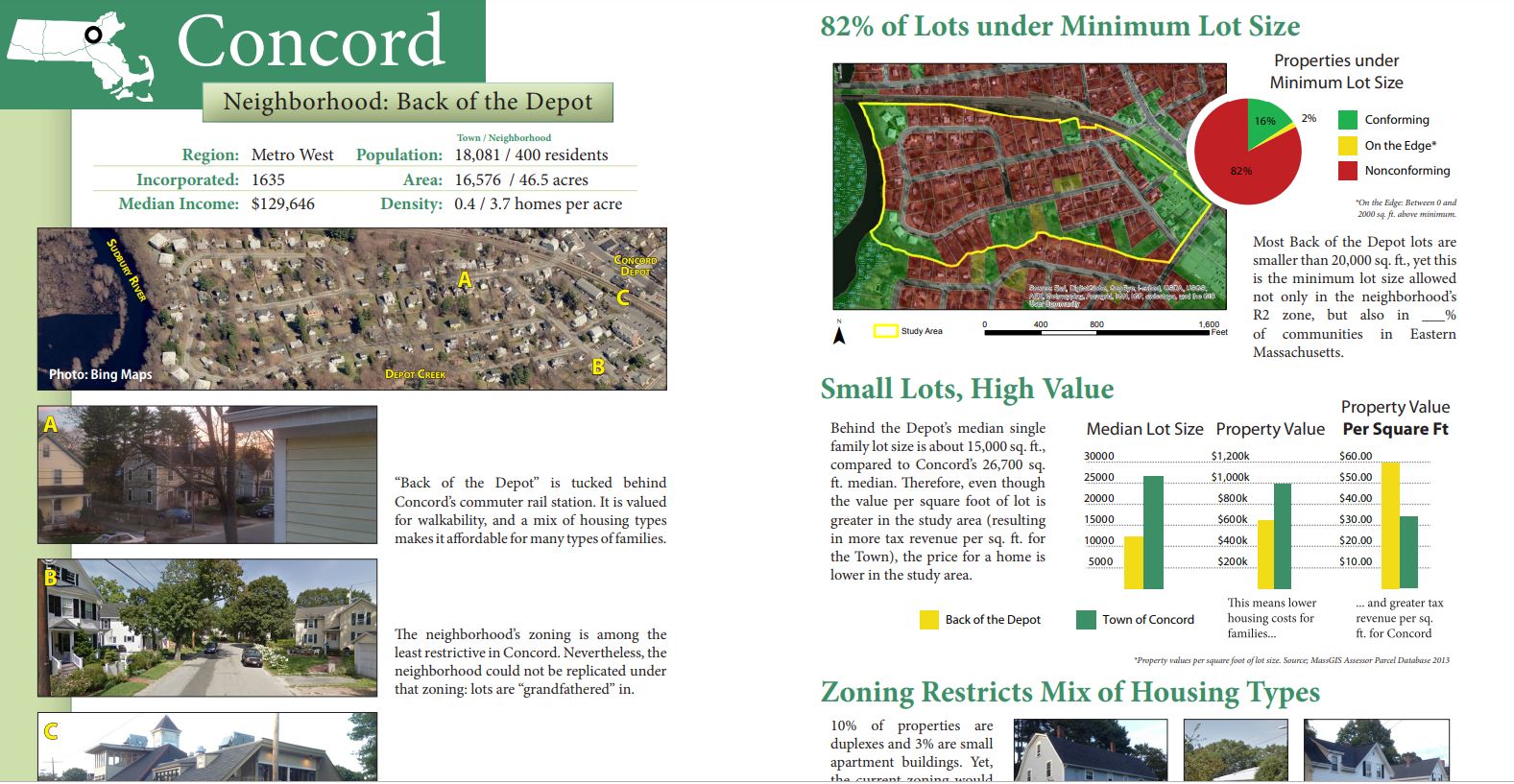by Arthur Prokosch
New research from the Urban Institute shows that rent control and rent stabilization policies in 27 metro areas increased the supply of rental units with prices affordable to extremely low-income residents. However, this came at the cost of less overall housing supply, and especially fewer rentals with prices affordable to higher-income residents. If subsidization proposals return to Boston and Massachusetts again next year, they will not be a silver bullet for affordability, but could be one ingredient in a successful strategy alongside more housing construction.
As detailed in an in-depth Boston Globe article, rent control in Massachusetts was last repealed statewide, 51-49%, by an initiative petition in 1994. A year ago, as the Globe also reported, Boston and Massachusetts saw a number of “rent stabilization” proposals to reinstitute some components of rent-control policies. None of these proposals included income-specific provisions like limits on higher-income tenants occupying rent-stabilized apartments. Discussions are likely to restart next year.
The new research gives stronger evidence that achieving the goal of affordable housing at all income levels requires multiple complementary strategies, because each affordable housing strategy has its own tradeoffs. Rent control may increase the number of very-low-priced rentals across an entire region, at least in the short run, with the tradeoff of reducing housing supply and affordability at higher income levels. Thus, at best, rent control would need to be paired with greater amounts of new housing production–even more than is already needed today–to be able to give a net benefit for low-income, moderate-income, and every other income band above very-low-income residents.
Other affordable-housing strategies have their own tradeoffs. Arlington’s inclusionary zoning requirements set aside some units for lower- and moderate-income residents, with a tradeoff of increasing the prices of the remaining units, or reducing their number. Meanwhile, nonprofit organizations like the Housing Corporation of Arlington and government agencies like the Arlington Housing Authority ensure that some lower-income residents can afford housing, with the tradeoff that their limited funding only allows them to serve a small fraction of the demand.
In contrast, reducing barriers to the construction of new housing decreases housing costs across a metro area. See another recent article for a description of how housing construction has a “filter effect”, slowing rent growth at all income levels. Even so, a range of strategies would help ensure that affordable housing arrives as quickly as it is needed, at every income level, and in every neighborhood where it is needed.
In summary, rent control can be a useful tool, one that’s most effective when combined with other strategies. Our housing problems are multi-faceted, and the responses have to be multi-faceted too.







